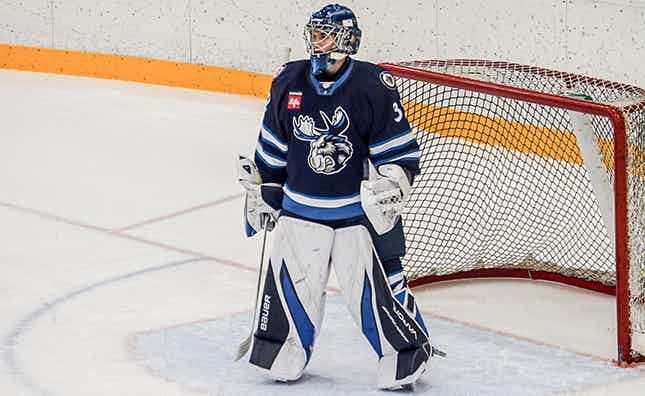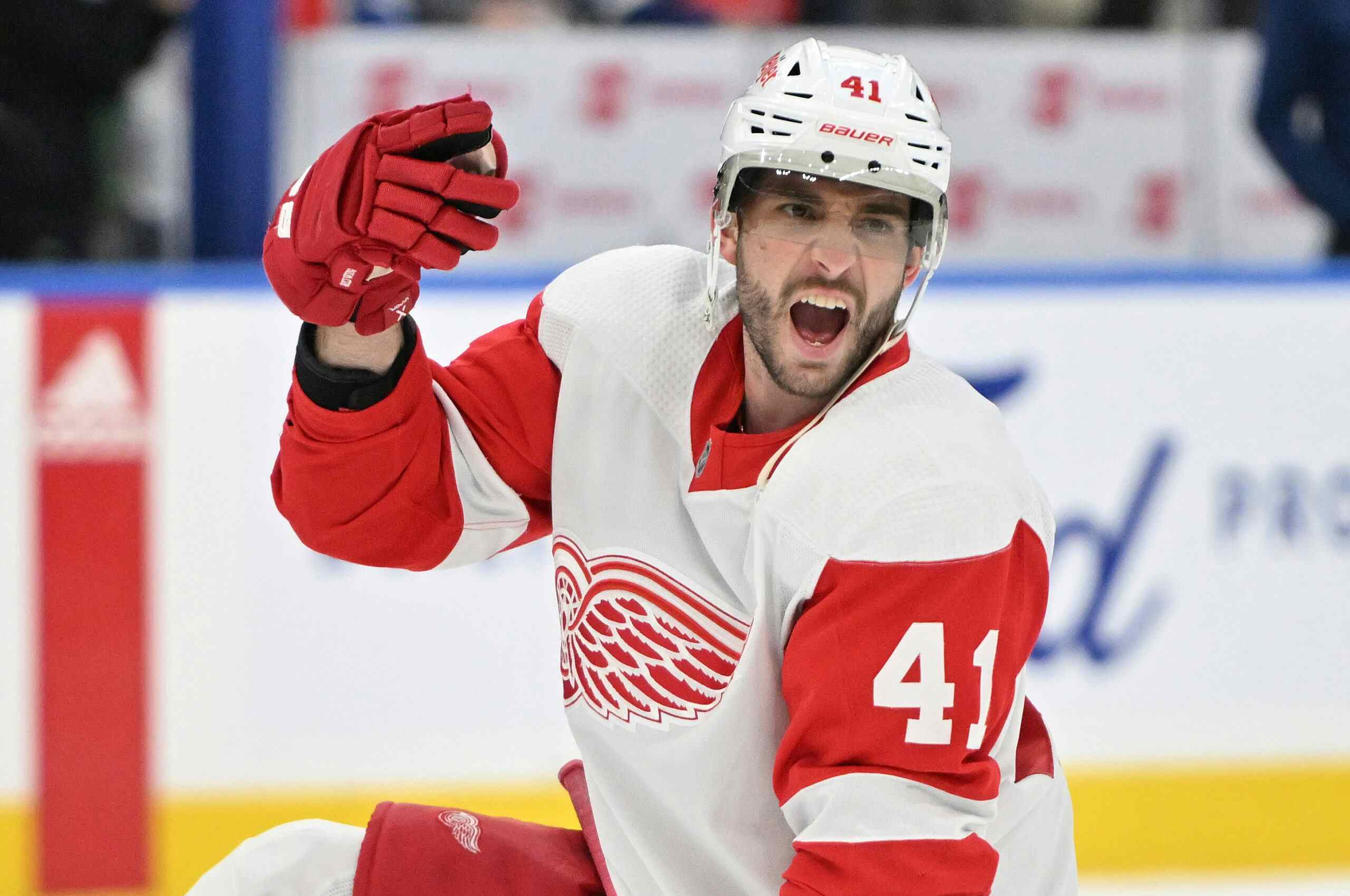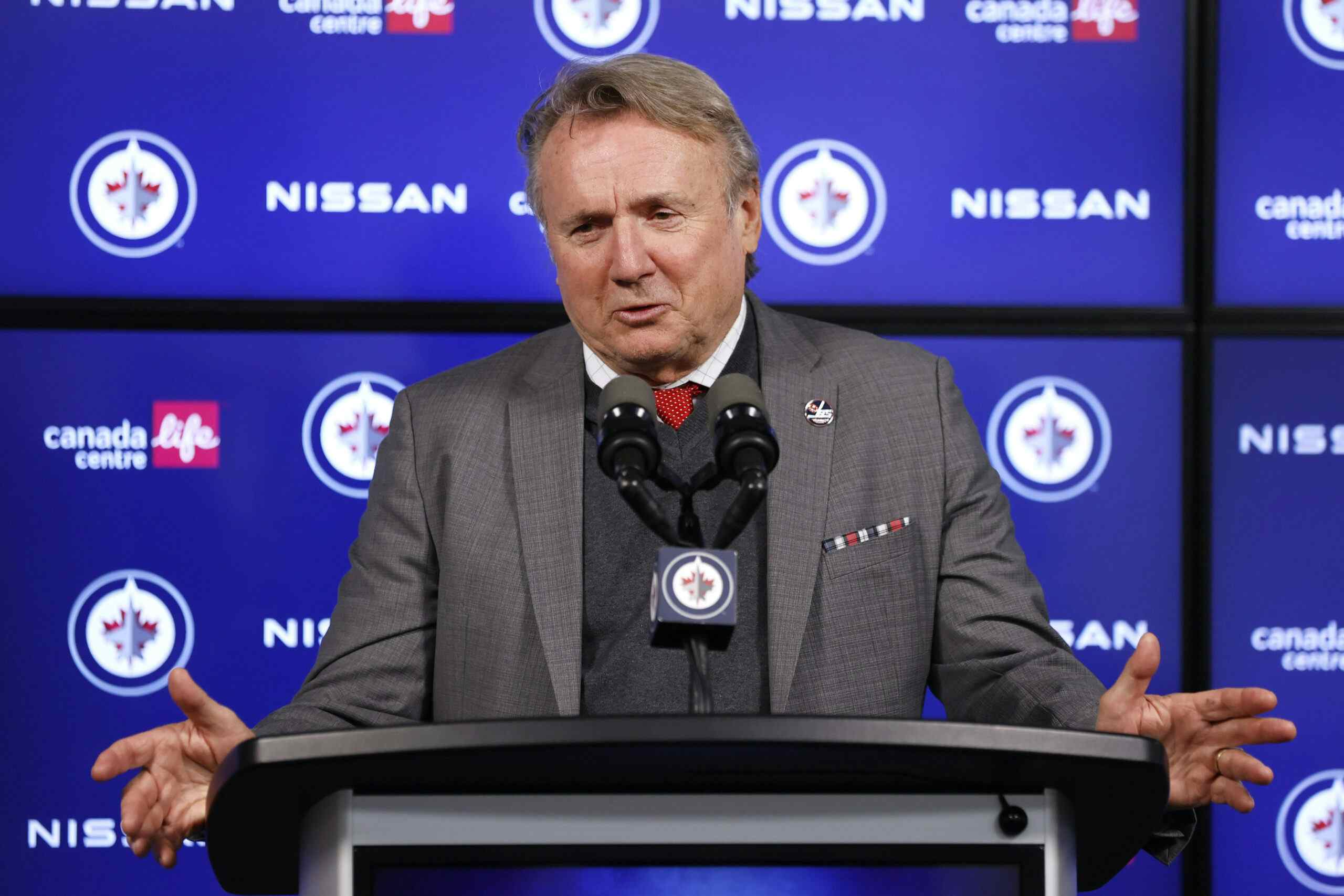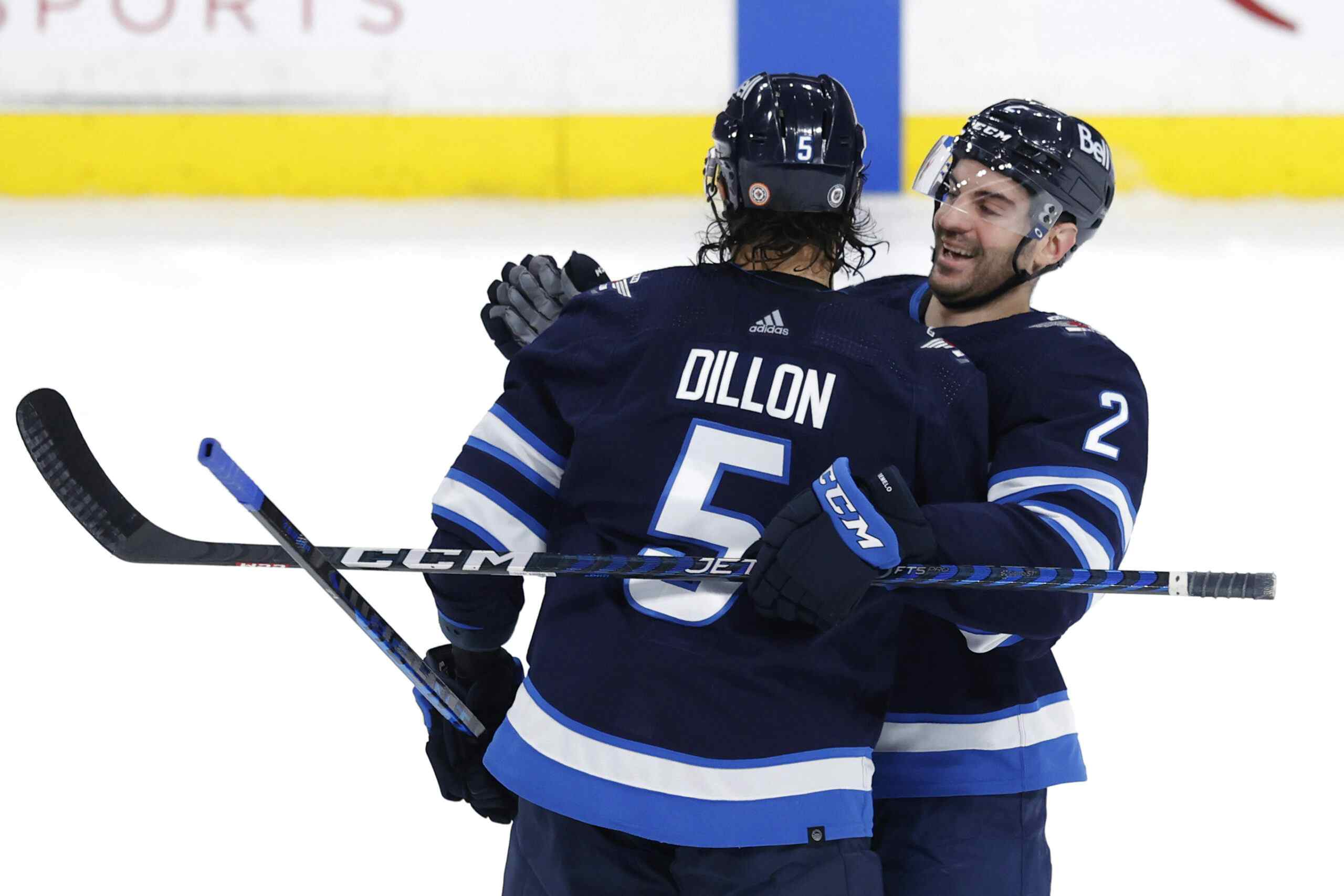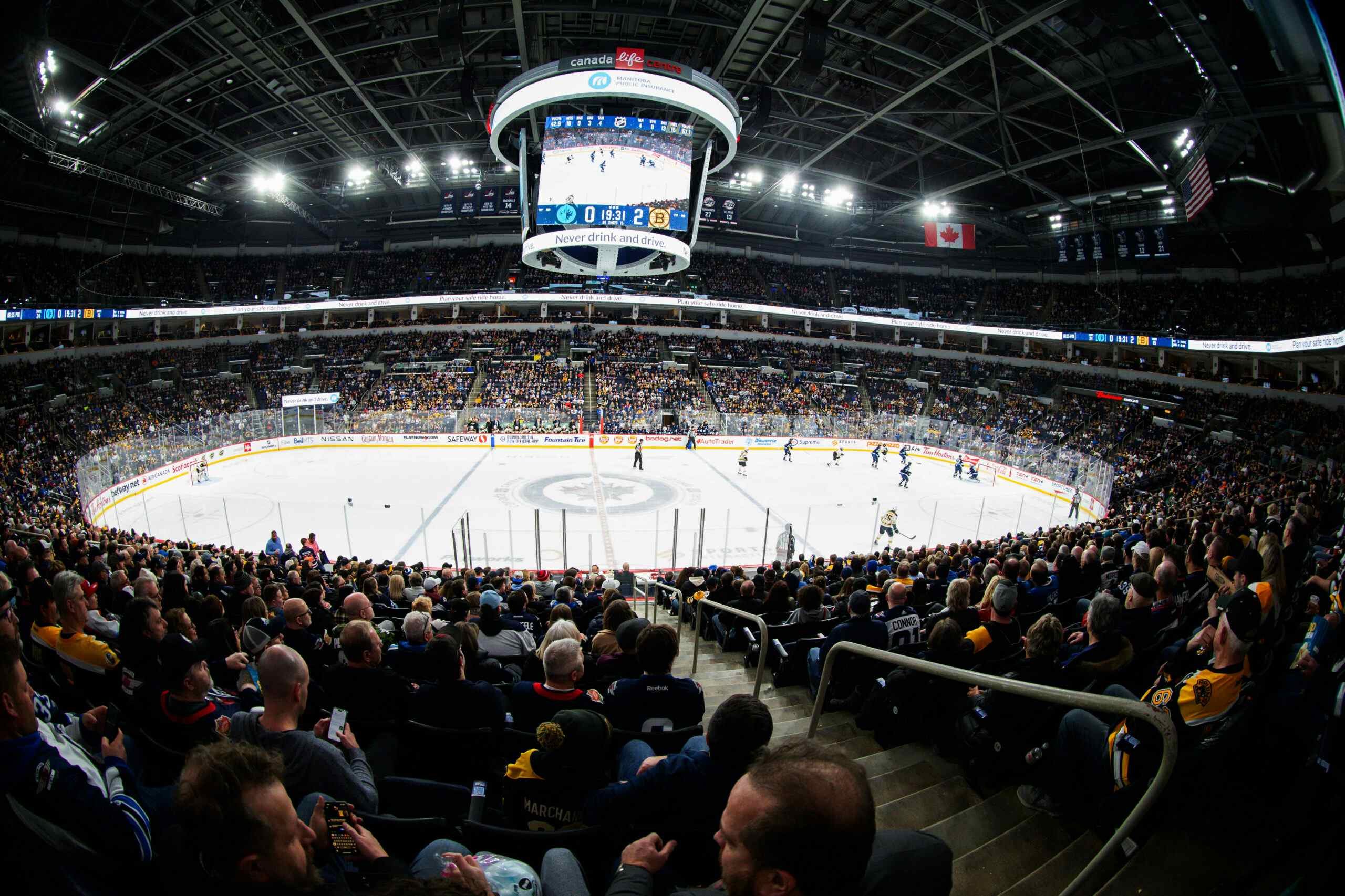JN AirMail: February 15, 2016

Two quick – but very good – questions in the mailbag this week.
And of course a reminder that you can have your questions answered by sending us an @ mention to JetsNation on Twitter with the tag #JNAirMail. You can also send us a DM on that same Twitter account, you can leave a message on our Facebook page, or you can send an e-mail to JNAirMail@shaw.ca.
Let’s talk about the Jets possibly trading Trouba.
I don’t think it happens. Period. Full stop.
I know the rumors that came out earlier this season of Trouba wanting a max eight year deal north of 56 million (seven million a year) have Jets fans all but certain that there is no way he remains a Jet but keep in mind that same report suggested Byfuglien was asking for 55 million over eight years.
We all know how the Byfuglien deal worked out. Little bit higher cost but far less term than what was first rumored. This is your friendly reminder that rumors from even “league and player sources” should be taken with a grain of salt.
The team is still in the driver’s seat as Trouba’s options being a restricted free agent are a more limited than Byfuglien’s were or Ladd’s still are. Trouba as well doesn’t have a history of All-Star game appearances or Stanley Cup rings won to back up his rumored claim to be paid the same amount of money as those who have. I actually still feel he settles for a bridge type deal (three to four years at around four to five million per) but others I’ve talked to feel the Jets would like to lock him down for a longer term contract.
Perhaps he gets signed to a deal similar to that of what Erik Karlsson of the Senators got in 2012? Karlsson – who already established himself as an All-Star and Norris trophy candidate three years into his NHL career – as an RFA signed a seven year extension worth 45.5 million. Thing is, I don’t know anyone who could say with a straight face that Trouba is worth that kind of contract given what he’s done so far with his career.
Although to be fair he’s had to play beside an anchor on the blueline with him most of this season, so perhaps that should be factored in?
Even if that rumored ask was remotely true it could be a case of classic ‘set the bar really high’ type negotiating that even Trouba and his agent know they wouldn’t get. Either way, both sides (Jets and Trouba) have stated they are waiting until the end of the season before entering negotiations, so with that in mind I believe the Jets are going to act on the assumption that one way or another a deal gets done and aren’t interested in trading him at all.
The Jets should be looking to build towards next season and the future beyond. A 21 year old potential top pairing defenseman is something a team should be holding on to, not trading away and I think they know that.
Goaltending is mostly an all-or-nothing position especially in the NHL. You either have the ability to stop approximately 92% of the shots you face and be considered one of the game’s better goalies. Stop 91% and you’re considered a fairly decent goaltender. Stop 90% of the shots you face and the whispers of wither or not you should even be in an NHL net will grow louder.
Anything worse than that is worthy of a one-way ticket to the AHL at the very least.
It’s not much of a swing from “really good” to “bust” for a goalie – the difference of allowing 3 more goals against per 100 shots if we were to break it down to it’s simplest form – but when you consider that a starting goalie in the NHL plays 55 to 65 games and could face anywhere north of 1600 shots in a season, those 3 more extra goals per 100 shots suddenly equal around 48 more goals against.
Last year the New Jersey Devils and Washington Capitals led the NHL in fewest goals against with 124. 48 extra goals against puts you in with the Blue Jackets and Oilers of the league as one of the worst teams in terms of goals against.
Of course that isn’t all on goaltending. The better teams in the league also specialize in limiting shots against – your two Stanley Cup finalists from last year were in the top 10 in the league when it came to fewest shots against per games – which is dependent on defensive play as well as puck possession time.
The popular belief is that goals against average is more of a team based statistic while a goalie’s save percentage is more based on the individual goalie, but even then it can be argued that a save percentage depends on factors of the quality of shots faced (10 shots taken from the blue line are not equal to 10 shots taken from the slot 10 feet front of the net) and amount of shots faced.
Which leads us a big reason why it’s so much harder to project goaltending prospects compared to forwards or defensemen. Goalies – maybe more than any other position in the game – are dependent on the success of your team around them and that makes it a tougher gauge to determine future success.
Is the goalie good because he plays his angles well, stays square to shooters and limits his movements in the crease? Even if you feel you identified a top goaltending prospect by taking away factors such as quality of defense playing in front of him and base it on factors such as positioning, quickness and ability to limit rebounds, the jump in level of play from junior or collegiate hockey to AHL and NHL is a sharp rise. It’s nearly impossible to accurately gauge just how a goalie will react to the changes in speed of the game.
Jack Campbell was picked 11th overall in the 2010 draft and has only played in one NHL game and is currently in the ECHL. When he was drafted scouts felt he had ok technique in goal, but made up for whatever he lacked there in athletic ability.
Petr Mrazek was drafted 141st overall in the same draft and is right now the Detrot Red Wings #1 goalie. At the time he was considered quite athletic himself but possibly lacked technique needed to compete in the NHL.
Both goalies had fairly similar scouting reports – Campbell you could argue had an edge simply because scouts were more aware of his play being a North American based goalie – and both were about the same size (6’2″ 175 to 185 pounds)
This in the end may be over-simplifying the issue, but the other reason it could be much harder to predict which goalies will succeed is that one goalie simply can handle the changes in the levels of game and adapted better than the other.
You can say these factors are in play for any player trying to make it in the NHL, but you can argue that the margin of success for a goalie is much more narrowly focused than it is for any other position, thus the higher ‘fail’ rates for goalies who many would expect to be high level prospects.
Recent articles from Art Middleton

